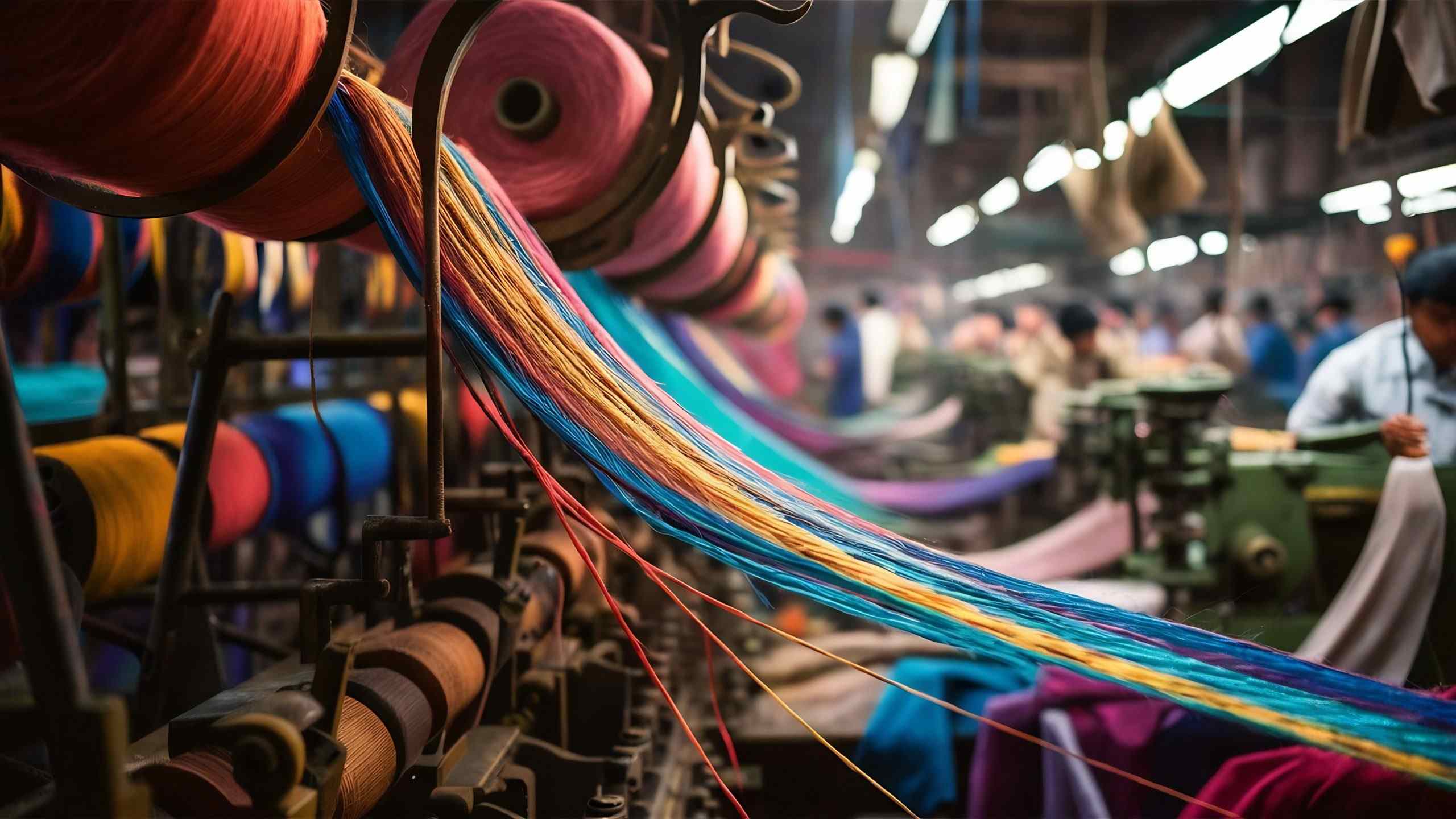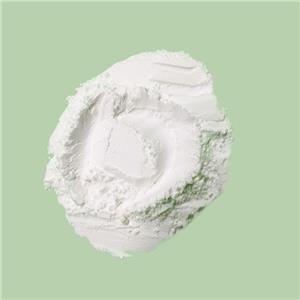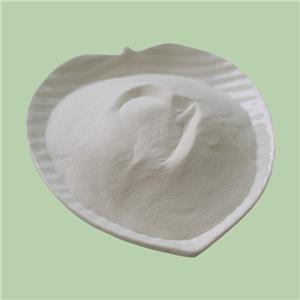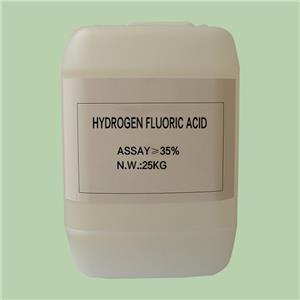Application of Ammonium Bifluoride in the Textile Industry
Ammonium bifluoride (NH4HF2), also referred to as ammonium hydrogen fluoride, is a multifaceted chemical compound widely utilized in both industrial and laboratory settings. Within the textile industry, ammonium bifluoride is essential in several phases, including fiber treatment, dyeing, and finishing processes. This article offers a comprehensive examination of the usage of ammonium bifluoride in the textile sector, highlighting its advantages and particular applications.
Fiber Treatment
a、Improving Dyeing Performance
One of the primary uses of ammonium bifluoride in the textile industry is to enhance the dyeing performance of fibers. Natural fibers, such as cotton, wool, and silk, often contain impurities and natural oils that can hinder dye uptake. Ammonium bifluoride is used in pre-treatment processes to remove these impurities, making the fibers more receptive to dyes. The chemical's acidic nature helps to clean the fiber surface, ensuring that dyes adhere more uniformly and produce consistent, vibrant colors.
b、Enhancing Fiber Durability
Ammonium bifluoride can also interact with certain components within the fibers to improve their durability. By forming chemical bonds with fiber molecules, it can increase the fibers' resistance to abrasion and chemical degradation. This enhancement is particularly beneficial for fibers used in heavy-duty applications, such as workwear and upholstery, where prolonged use and exposure to harsh conditions are common.

Processing Aids
a、Softening Treatment
In the finishing stages of textile production, ammonium bifluoride is employed as a softening agent. The treatment makes fibers softer and smoother, enhancing the tactile properties of the fabric. This softening effect is achieved by modifying the surface of the fibers, making them less rough and more pliable. Softer fibers result in fabrics that are more comfortable to wear and have a higher perceived quality.
b、Anti-Static Treatment
Static electricity can be a significant issue in textile manufacturing and end-use. It causes fibers to cling together, making processing difficult and resulting in discomfort for the wearer. Ammonium bifluoride can be used in anti-static treatments to reduce the buildup of static electricity. This is particularly important for synthetic fibers, which are more prone to static accumulation. The treatment involves applying a solution of ammonium bifluoride to the fibers, which neutralizes the electrical charges and prevents static cling.
Fiber Modification
a、Chemical Modification
Ammonium bifluoride can chemically modify the structure of fibers to impart new functional properties. For instance, it can be used to create hydrophobic (water-repellent) or oleophobic (oil-repellent) surfaces on fibers. This is achieved by reacting ammonium bifluoride with the fiber material, altering its surface chemistry. Such modifications are valuable for producing technical textiles used in outdoor clothing, medical textiles, and protective gear, where water and stain resistance are critical.
b、Flame Retardant Treatment
Another significant application of ammonium bifluoride in fiber modification is in the production of flame-retardant textiles. By incorporating ammonium bifluoride into the fibers, manufacturers can enhance the material's resistance to ignition and slow down the spread of flames. This is particularly important for textiles used in safety apparel, home furnishings, and public spaces, where fire safety standards are stringent.
Cleaning and Decontamination
a、Decontaminant Agent
Ammonium bifluoride is also utilized as a decontaminant agent in textile manufacturing. During various stages of production, fibers and fabrics can accumulate contaminants such as oils, grease, and other residues. Ammonium bifluoride solutions are used to clean these contaminants, ensuring that the textiles are free from impurities that could affect subsequent processing or the final product quality.
b、Descaling and Rust Removal
In addition to cleaning fibers, ammonium bifluoride is used to maintain textile machinery. Over time, textile machinery can accumulate scale and rust, which can impair its performance and lead to defects in the fabric. Ammonium bifluoride solutions are effective in descaling and rust removal, helping to extend the lifespan of the machinery and ensure smooth operation. This maintenance application is vital for maintaining high production standards and minimizing downtime.
Ammonium bifluoride is a valuable chemical in the textile industry, contributing to improved dyeing performance, enhanced fiber durability, and the addition of functional properties to textiles. Its applications in softening, anti-static treatment, fiber modification, and machinery maintenance demonstrate its versatility and importance. However, the handling and use of ammonium bifluoride must be managed carefully to ensure the safety of workers and minimize environmental impact. By leveraging the benefits of ammonium bifluoride while adhering to safety protocols, the textile industry can continue to produce high-quality, functional, and durable fabrics that meet the demands of various applications.




